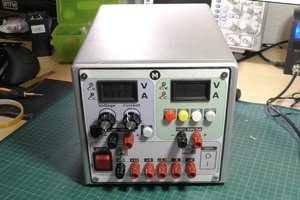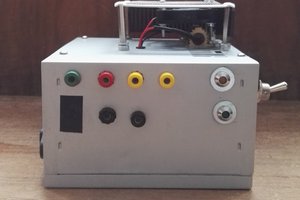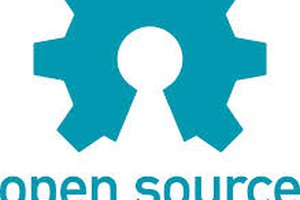So what is an example of this library in use? A simple terminal application like this:

Other examples might be:
- Automated Testing: In a testing environment, you might need to change the voltage or current supplied to a device under test (DUT) and monitor its response. This can be done manually, but it's much more efficient to automate the process. With a programmable power supply, you can write a script that changes the power supply settings and logs the DUT's response.
- Data Logging: If you're running a long-term experiment or test, you might want to log the power supply's output over time. This could help you identify trends or issues that only appear after extended periods.
- Remote Control: If your power supply is in a hard-to-reach location, or if you want to control it from a different location, you can use a PC to remotely control the power supply.
- Integration with Other Systems: If you're building a larger system that includes a power supply, you might want to integrate the power supply control into the system's software. This would allow you to control all aspects of the system from a single interface.
- Safety: In some cases, it might be safer to control a power supply remotely, especially if high voltages or currents are involved. The feedback can be used to implement safety features, such as shutting down the power supply if certain conditions are met.
- Education and Training: For educational purposes, having a programmable power supply can be a great tool for teaching students about electronics. They can write code to control the power supply, giving them a hands-on experience with both programming and electronics.

 bjorn
bjorn
 Makertonika Labs
Makertonika Labs
 Orlando Zen
Orlando Zen
 Krzysztof Wrzalka
Krzysztof Wrzalka